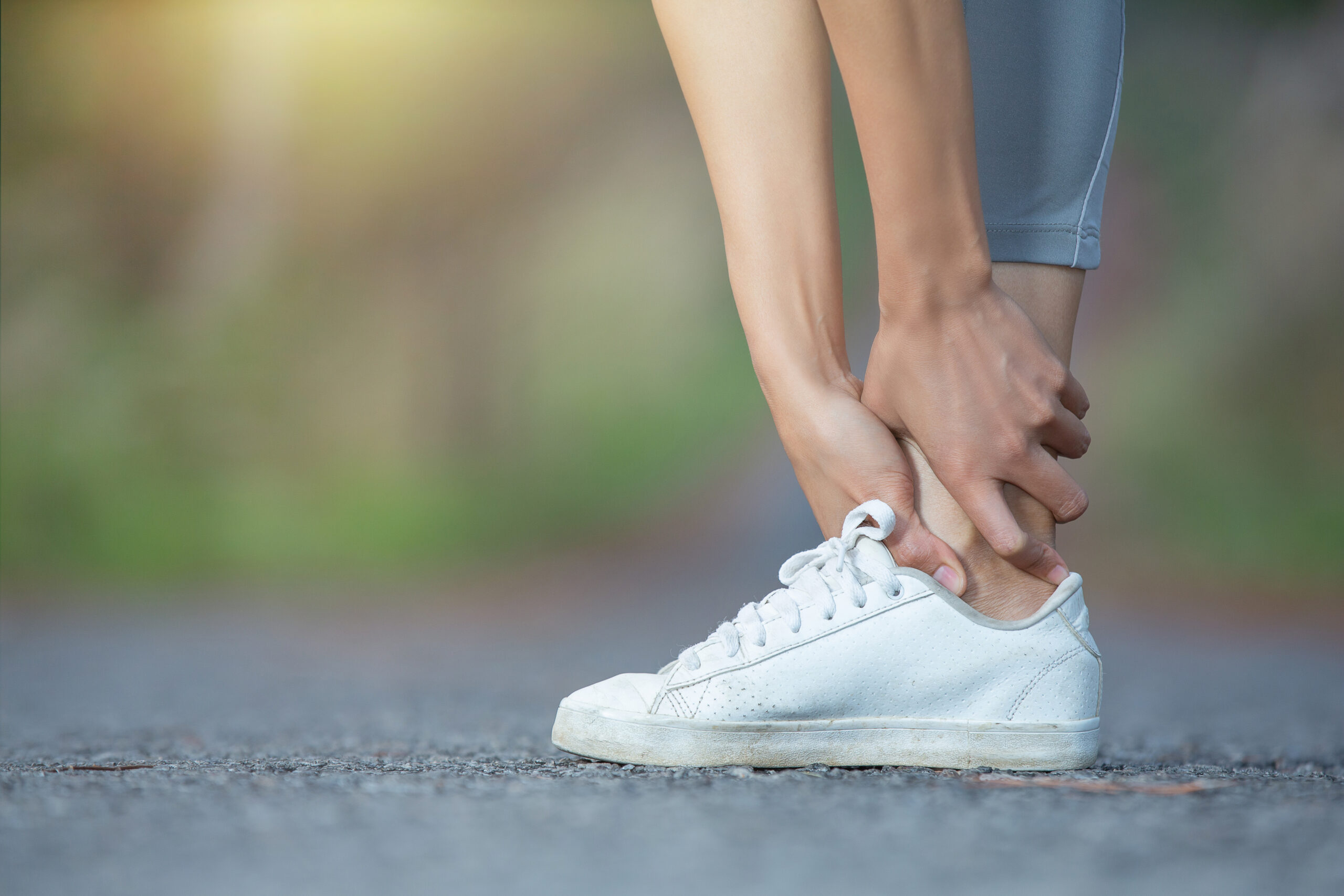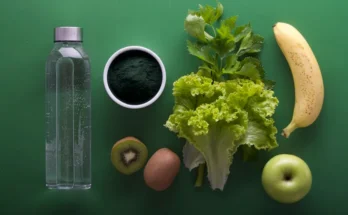If you’re not careful, you can injure your foot or ankle whilst playing sports or other various physical activities. Injuries, which can vary from a sprained ankle to a foot fracture, may prevent you in completing normal day to day activities, in some cases, your injury may even lead you to chronic pain. To avoid foot pain and injuries, make sure to keep the tips below in mind.
Why is it important to follow the tips below before, during or after playing?
Injury prevention should be seriously taken into consideration when performing physical activities as this will keep you healthy and safe. Running a marathon or performing exercises at the gym without proper preparation can harm your body and prevent you from training further.
Understanding the importance of injury prevention and putting strategies into place is the vital first step towards training more accurately and safely. It is better to understand and learn how you can avoid future injuries and reduce foot and ankle pain in such circumstances.
1.Warm up well before playing.
Warming up your body can improve your mobility and is an important element in reducing your risk of injury. For example, mild stretching before playing helps to prepare and warm up your joints and bones within your ankle and foot. Simple stretches such as rolling your ankles in circular motions and stretching your ankle and feet can help to lower the risk of foot and ankle injuries whilst playing. After you’ve finished playing sports or exercising, spend around 10 minutes performing cool-down exercises.
2.Take a healthy and balanced diet
Athletes must consume a well-balanced diet rich in fruits, vegetables, and proteins, as well as following a regular meal schedule. For example, eating your breakfast, lunch, and dinner consistently at the same time every day can help an athlete’s body remain fit and active. Those who actively take part in sports activities must ensure that they follow a healthy and well-balanced diet plan with good eating habits.
3.Make sure the shoes are appropriate for the activity.
Shoes that don’t fit well or don’t provide the adequate support required can increase your risk of falling and suffering an injury mainly due to wear and tear of tendons. You should wear shoes that fit well and give more than enough support and cushioning for your feet and ankles. It can help to reduce the chances of a foot injury like Achilles tendonitis, foot fracture, sprained ankles, and more. When your shoes start wearing out, make sure you replace them.
4.Gradually increase the intensity of your activity.
Don’t rush into any activity that places a lot of stress on your ankles or feet, such as basketball or running. Start carefully and avoid placing too much stress on your feet or ankles. If you have foot or ankle pain after completing a sporting activity, consider stretching to improve your flexibility. If you experience pain constantly, you should schedule an appointment with your doctor. They will examine your foot and ankle and suggest rest, an ankle brace and physical therapy for further prevention.
5.Remember to take a rest after playing
Rest and recovery are crucial parts for an athlete’s performance. Additionally, rest can help you avoid foot and ankle injuries. Occasional breaks throughout your game keeps your body in good shape and helps your muscles heal and repair. Make sure to drink lots of water during your breaks. Dehydration makes your muscles more vulnerable to injury.
6.Do not avoid your foot or ankle pain
When working in a group or playing a sporting activity, it is easy to ignore your body’s warning signs. Pain can indicate that it is time to slow down and rest — before you harm yourself severely. However, foot injuries like a sprained ankle, Achilles tendonitis, or plantar fasciitis are common during intense sports activities. So, stop yourself and take a break if you’re experiencing pain, discomfort, or stiffness. Playing continuously could worsen a minor injury or put you at risk for even further injury.
7.Don’t push yourself too hard whilst playing
You will not become a better or stronger athlete by training excessively. In fact, your body can only handle a certain amount of stress and pressure. It could have the opposite impact on your body or worsen injury pain, potentially turning a mild injury into a severe condition. Allow your body to heal from your most recent game or training session, especially if you have a small injury. If you ignore an injury or don’t get enough rest, your body will become weaker and more prone to worse injury pain.
8.Wear foot braces to prevent pain and injury
Majority of players have had an ankle injury at some point in their careers. If you want to prevent ankle injury, you can consider wearing an ankle sleeve or brace. An ankle brace can be worn during or after playing. It may provide extra support and aid an injury to recover quickly from sprain, strain, tendonitis, stress fractures etc. It will help protect your foot from severe harm in the case of an accident.
9.Use accurate and proper technique
Sports is extremely technical, hence requires the proper and accurate techniques when playing. For example, football players should be taught how to tackle their opponent properly to avoid a concussion, and baseball players should be taught how to pitch properly to avoid an arm injury.
10.Consult and follow a sport therapist
Sports therapists can restore your body to pregame form using skillful massage techniques and other treatments to heal and prevent injuries, whether you’re seeing a team or a personal physician. However, sport therapists implement a variety of physical techniques and therapies to treat athletic injuries, provide injury prevention advice, and help with rehab.
Final Thoughts
When you have a foot injury, you need continuous rest and support to keep your feet safe and protected. 360 Relief has a variety of ankle braces and supports to keep you safe and active when you play. If your foot is swollen or painful. The neoprene or compression foot braces and supports will aid to ease pain and inflammation. They provide a wide range of sizes and colours to meet your specific needs and preferences that can help provide extra support and heal injuries faster.




